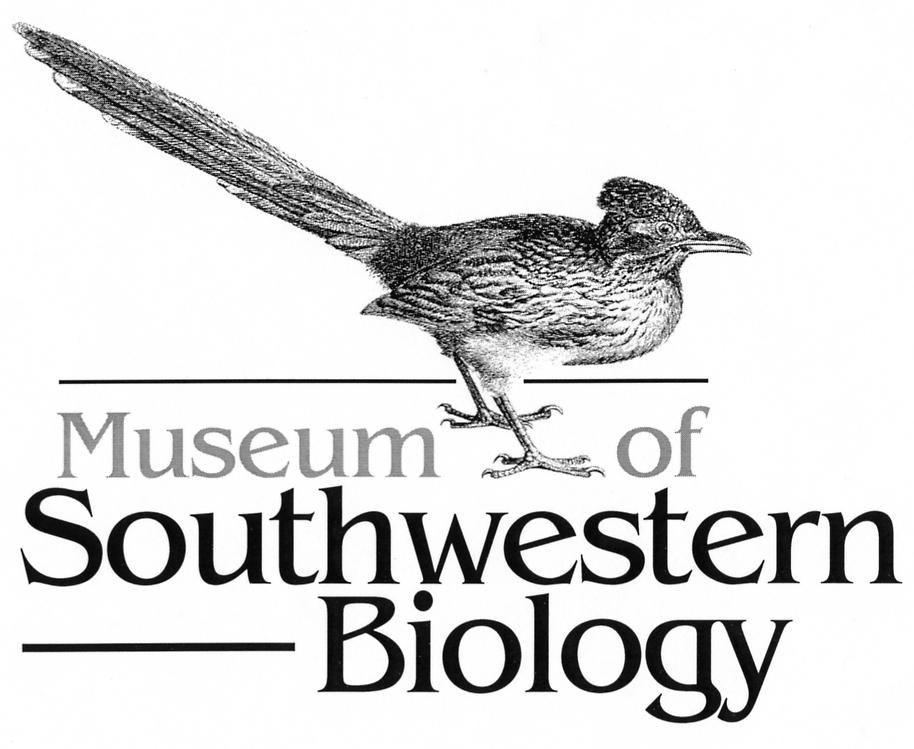Congratulations Tom Turner-Next New Regents' Professor 2025-2027
May 2023

"The College of Arts and Sciences is pleased to announce its new Regents’ Professors.
Regents’ Professor is a special title bestowed on selected full professors who, in the judgment of the Dean and on the advice of a faculty selection committee, merit recognition of their accomplishments as teachers, scholars and leaders both in University affairs and in their national/international professional communities. In addition to the title “Regents’ Professor,” which is retained for the balance of an awardee’s career, this appointment also carries an annual stipend during the three-year term."
Our Curator of Fishes, Professor Thomas Turner, is one of three Regents’ Professors appointed for Annual Years 2025-2027!
Read the full article here
For a general background on our museum, please watch our introduction video here
Meanwhile
Many exciting publications by our personnel or based on our collections are coming out. Check out the latest ones here:
Latest MSB Division of Mammals Publications
Latest MSB Division of Birds Publications
Latest MSB Division of Amphibians & Reptiles Publications
Latest MSB Division of Fishes Publications
MSB Studio Night RSVP
Past News












